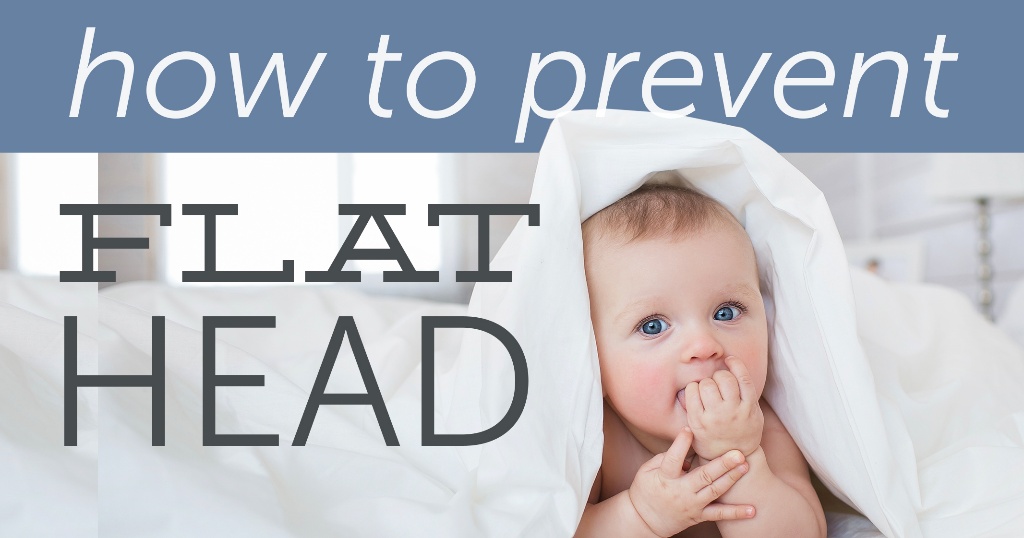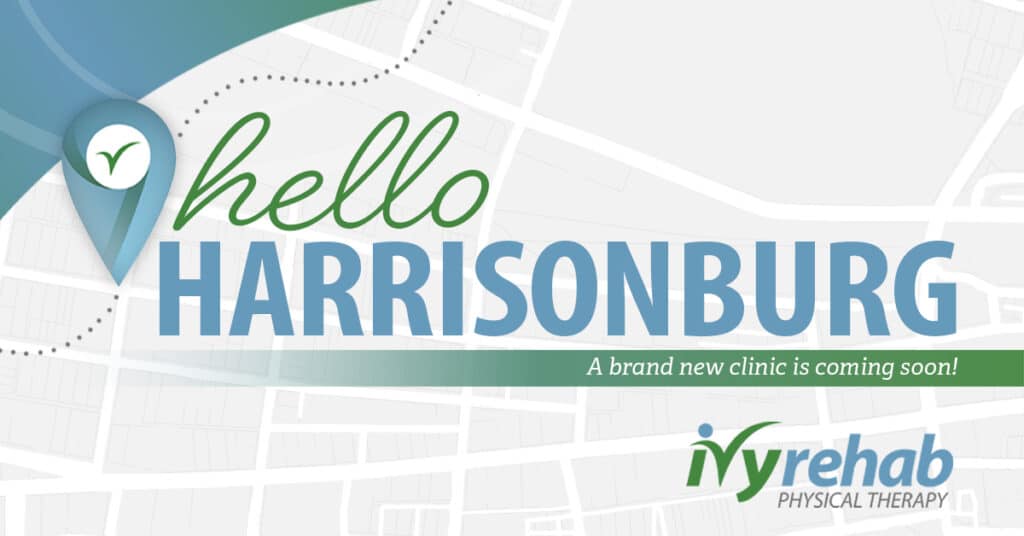By Eleanor Campbell
Pediatric physical and occupational therapists are seeing an ever-increasing number of infants with Torticollis and flat head syndrome (Plagiocephaly / Brachycephaly). Torticollis, which refers to tightness in the neck causing the baby to keep the head tilted or turned to one side, can occur from in-utero positioning or from persistent positioning in infant seats. Muscles in the neck and trunk can become tight and weak, causing the baby to be in a twisted position. This can negatively impact motor skills and lead to flattening of the head. The increasing numbers of infants with this syndrome are related to “Back to Sleep” with not enough Tummy Time, as well as the use of infant seating equipment.
Parents can help prevent these conditions by limiting time in carriers, swings, and seats that strap a baby in and limit their ability to move freely. Babies must sleep on their backs, but frequent tummy time when awake is crucial to strengthen neck and back muscles. Tummy time can be done in a variety of ways, including lying on the parent’s chest or lap or positioned over a Boppy or wedge. Infants should begin with short periods of lying on their tummy when awake AND SUPERVISED – first with head turned to one side, and then to the other. As their ability to lift their head improves, babies can be encouraged to look at a toy or mirror. By 4 months of age, a baby often can prop on their tummy and start to reach for toys.
Does Your Baby Have Torticollis or a Flat Head?
Does the baby turn equally to either side? Hold their head tilted with an ear to the shoulder? Lie with a twist through their trunk? Favor one side? Are they able to turn fully to look over either shoulder?
Check for the flathead when the baby has wet hair after a bath. Look at the head from the top and notice any flattening of the back of the head. Are the ears lined up evenly – or is one forward of the other? Is the forehead more prominent on one side? Then look at the face – is one eye larger than the other? Are the cheeks equal size?
If your baby has torticollis or flathead, intervention in therapy can be started at any age, but early treatment often has the best results. If therapy, home repositioning, and exercise do not correct the problem by age 4-5 months, an assessment of head shape at a cranial center may be recommended. Cranial remolding with a helmet can be used to reshape the head if needed.
Remember the following:
- INCREASE Tummy Time Play
- LIMIT Time in Seats
- SEEK a referral to a pediatric PT or OT for early treatment!
We’re Here to Help
If this sounds like your child, please contact us to find out how we can help you help your child develop these skills so that they can perform to the best of their abilities. To find a list of all clinics in the Ivy Rehab Network that offer pediatric services, click here.





